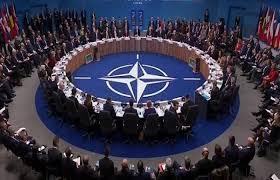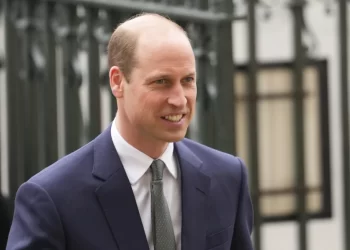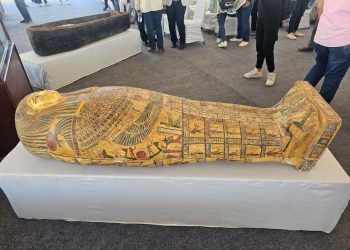SEOUL, South Korea — The South Korean and U.S. militaries launched their biggest joint exercises in years Monday while North Korea said it tested submarine-fired cruise missiles in an apparent protest of the drills it views as an invasion rehearsal.
North Korea’s launches Sunday signal the country likely will conduct provocative weapons testing during the U.S.-South Korean drills that are expected to run for 11 days. Last week, North Korean leader Kim Jong Un ordered his troops to be ready to repel rivals’ “frantic war preparation moves.”
North Korea’s increasing nuclear threats, along with concerns about China’s ambitions, is pushing the United States to beef up its Asian alliances. In the past year, North Korea has been steadily expanding its nuclear arsenal, as China and Russia repeatedly blocked U.S.-led efforts to toughen sanctions on the North despite its barrage of banned missile tests.
The South Korean-U.S. drills include a computer simulation and several combined field training exercises.
The North’s official Korean Central News Agency said that the launches of two cruise missiles from a submarine off its east coast showed a resolve to respond with “overwhelming powerful” force to the intensifying military maneuvers by the U.S. imperialists and the South Korean puppet forces.”
KCNA called the missiles “strategic” weapons and said their firings verified the posture of the country’s “nuclear war deterrence.” This implies that North Korea intends to arm the cruise missiles with nuclear warheads, though it’s still unknown if it has overcome the last remaining technological barriers to acquire functioning nuclear-tipped missiles.
It said the missiles flew more than two hours, drawing figure-eight-shaped patterns and demonstrating an ability to hit targets 1,500 kilometers (930 miles) away. The missiles were fired from the 8.24 Yongung ship, KCNA said, referencing a submarine that North Korea used to conduct its first submarine-launched ballistic missile test in 2016.
The reported launch details show Japan, including U.S. military bases in Okinawa, is within striking distance of the cruise missiles if they are fired from the North’s eastern waters, said Kim Dong-yub, a professor at the University of North Korean Studies in Seoul. He added the weapons could reach even the U.S. Pacific territory of Guam if a North Korean submarine can operate farther from its shore.














































Discussion about this post